-
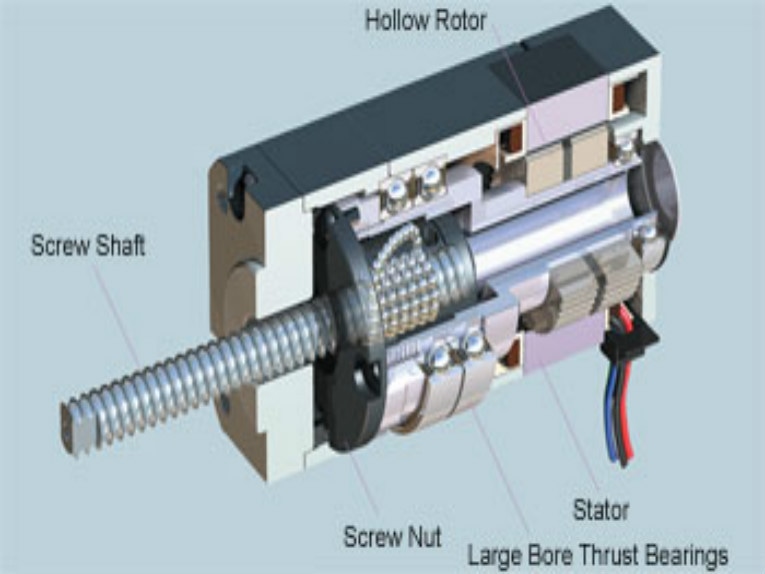
How to Shrink the Size of a Linear Actuator
Solution for X-Y stages and small machining centers, such as 3D printers. Linear actuators come in a wide range of sizes, but over the past several yeas, manufacturers have been emphasizing more and more compact footprints. But no matter how small the actuator, the addition of a motor can make t...Read more -
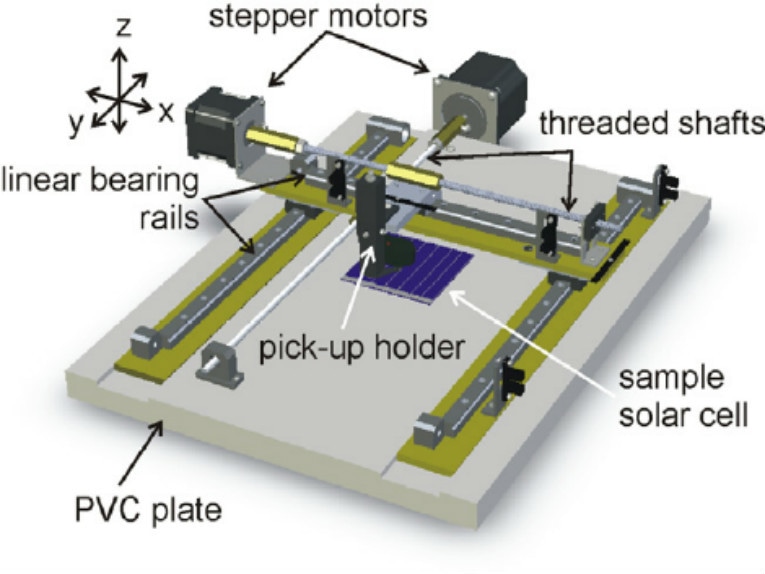
Motion Trends Update: Positioning Stages Lead Charge to Pragmatic Design
The main advances in motion over the last decade have occurred in control systems and electronics. Positioning stages today can satisfy specific and demanding output requirements. That’s because customized integration and the latest in motion programming now help stages get incredible accuracy a...Read more -
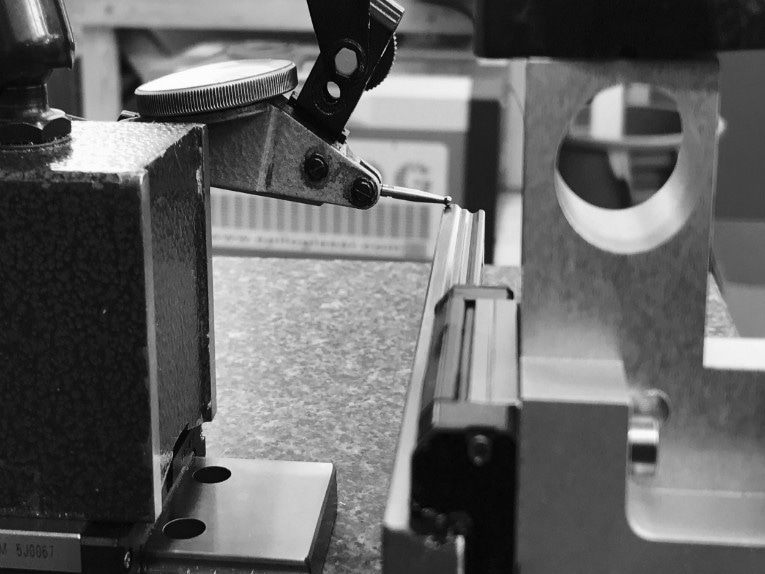
How to Choose Linear Guide Accuracy
Mounting considerations, Single block on a single rail, Multiple blocks on a single rail, Multiple bearings on multiple rails. When choosing a recirculating linear guide, there are several criteria that need to be specified, including size, preload and accuracy. And although the term “accuracy” ...Read more -
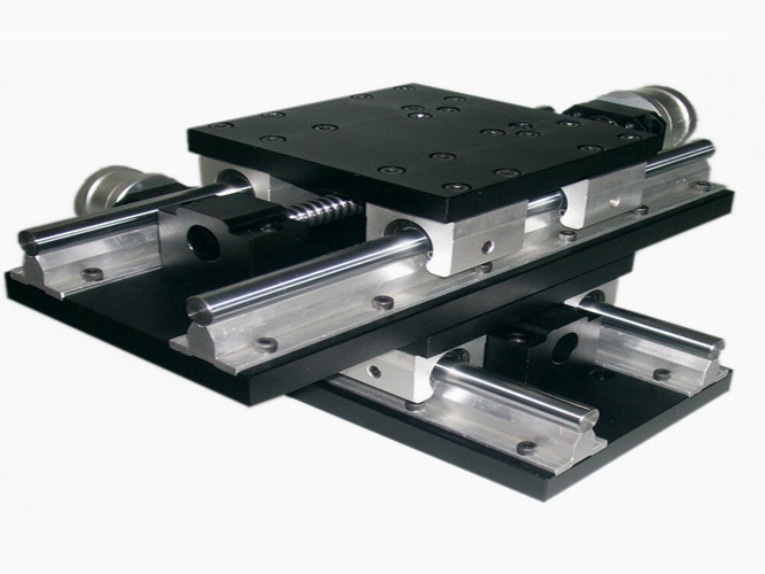
XY tables: How do they differ from Cartesian and gantry systems?
A common XY table design uses crossed roller slides and a ball screw drive for very high travel and positioning accuracies. There are many ways to build linear systems for motion in the X, Y, and/or Z directions – also known as Cartesian coordinates. The terms we generally use to refer to these ...Read more -
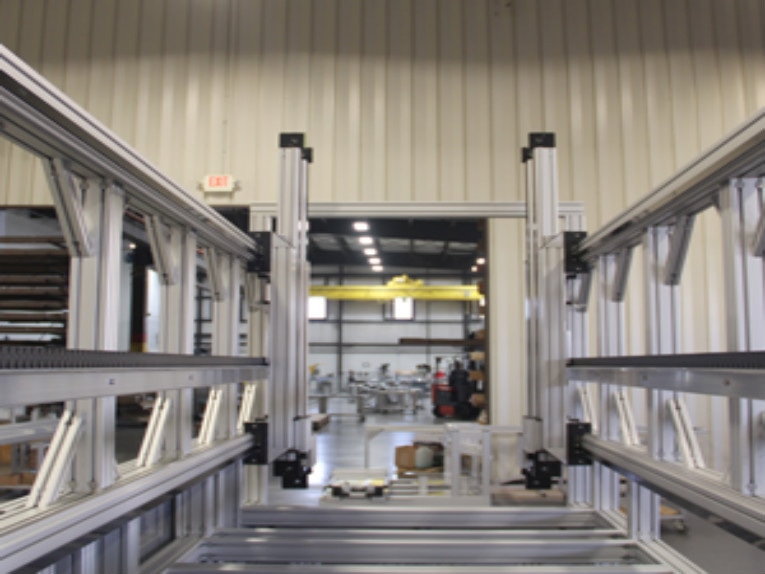
High Speed Linear Actuators: What Qualifies Them as High Speed?
Speed is primarily dependent on the drive mechanism. Like many terms used in the linear motion industry – “heavy duty,” “miniature,” and “corrosion-resistant,” to name a few – there is no industry standard that specifies what constitutes a “high speed” linear actuator. Nevertheless, there are so...Read more -

Top 5 Industrial Robotics Applications
Assembly, Picking and packing, Material removal, Welding, Painting. From food processing to automotive production, industrial robots are becoming ubiquitous. Highly-automated and programmable, these machines execute repetitive tasks with high precision, reliability and throughput.Due to these fe...Read more -
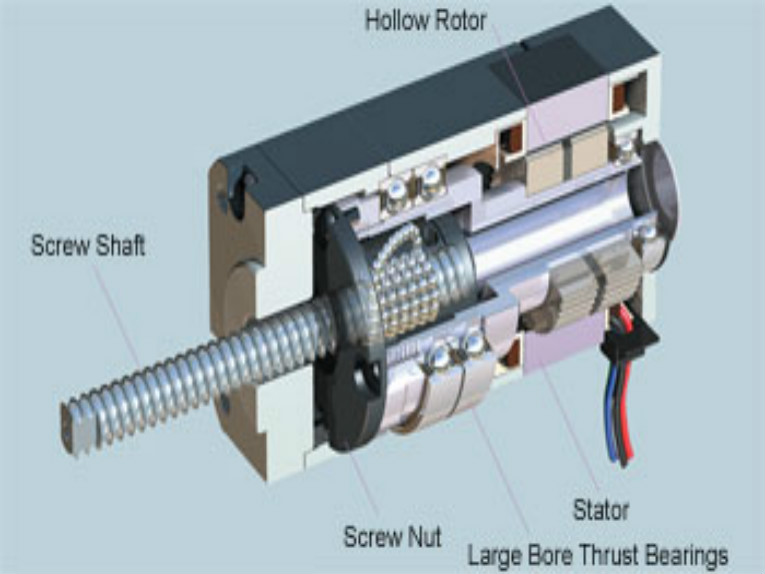
What To Do When Your Motion System Throws You a Curve
How Ring and Track Systems Stack Up Guide-wheel based ring and track systems are more compact and offer better positioning accuracy and more options for cargo carrying positions than alternative conveyor systems for curvilinear applications. In the ongoing drive to reduce production costs, one t...Read more -
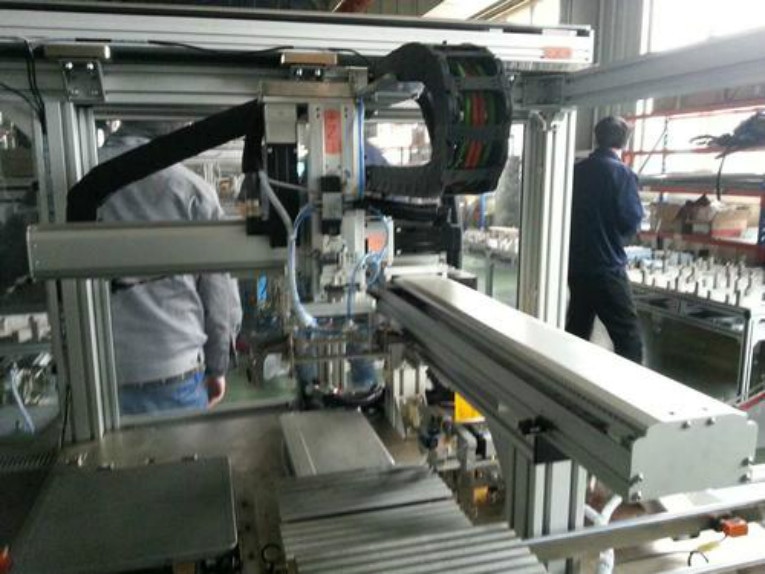
Five Things to Consider When Choosing a Linear Actuator
Stroke Length, Speed, Accuracy, Mounting, Maintenance. You’re working on an application that requires linear motion – maybe it’s a pick-and-place assembly system, a packaging line, or a gantry for material transfer – but designing your own actuator from scratch, sourcing the various parts, mount...Read more -
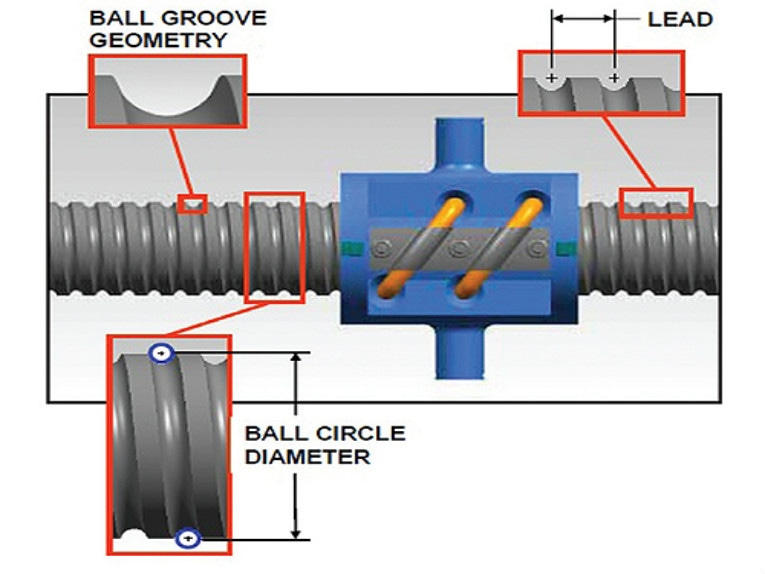
How to Specify, Select and Apply Linear Ball Screw Drives
Ball return systems, Ball screw selection and Ball screw lubrication. Specifying the right ball screw for a given application will ensure machine accuracy, repeatability and life while minimizing the total cost of ownership. A ball screw drive translates rotational motion to linear motion or vic...Read more -
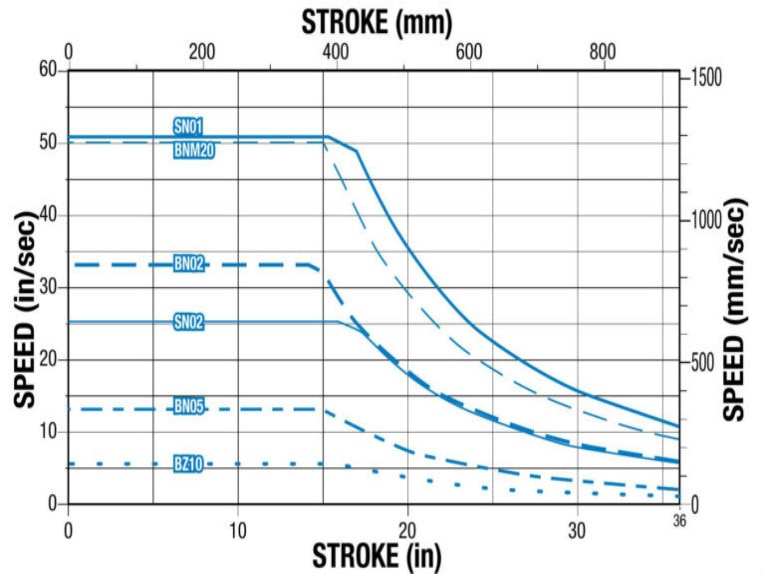
How to Estimate Your Linear Actuator Needs with Minimal Application Data?
High moment loads can dictate the use of a dual-rail style linear actuator. Selecting an actuator based on approximations of the performance requirements is arguably more risky than choosing a linear guide or drive with minimal application info. But still, the situation is quite common where a d...Read more -
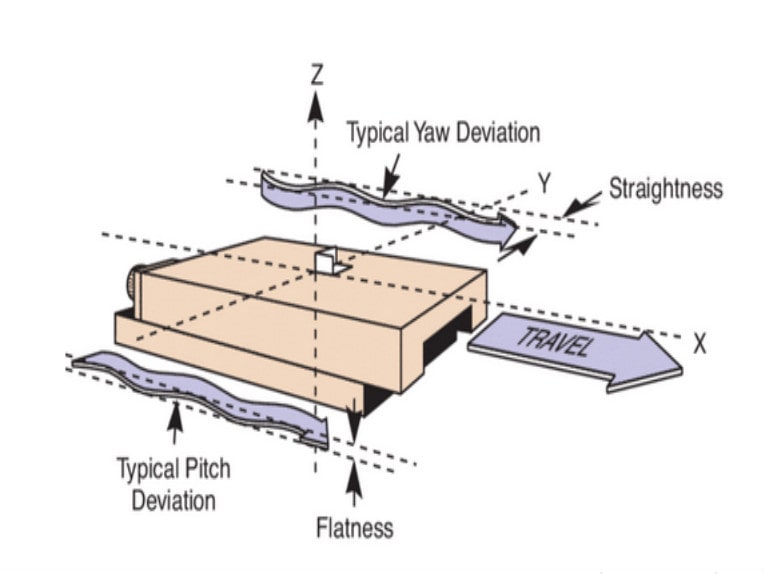
Does my system need high accuracy or repeatability (or both)?
Component selection and machine design affect system accuracy and repeatability. Before we answer this question, let’s define accuracy and repeatability for linear systems. 【Accuracy】 In linear motion, there are two generally categories of accuracy – positioning accuracy and travel accuracy. P...Read more -
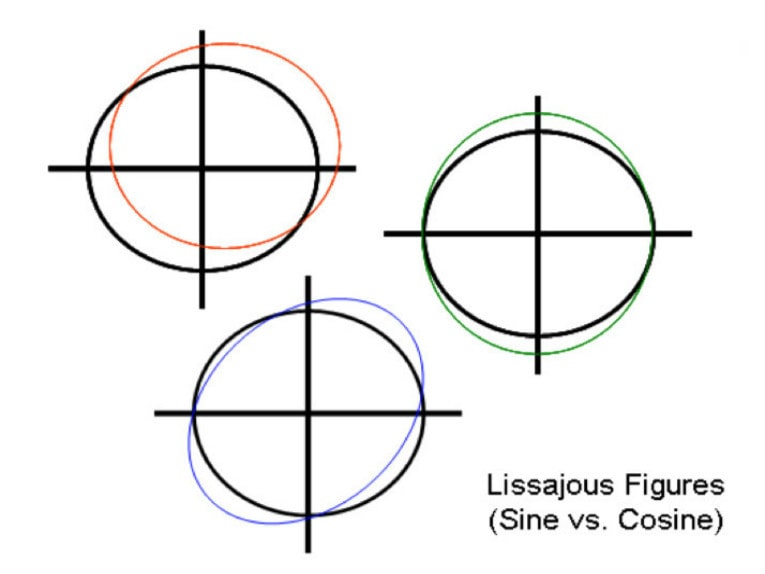
What is sub-divisional error (SDE) in linear encoders?
Accuracy of the interpolation. To determine the position of a linear axis, an encoder read head travels along a scale and “reads” changes in light (for optical encoders) or magnetic field (for magnetic types). As the read head registers these changes, it produces sine and cosine signals that are...Read more







